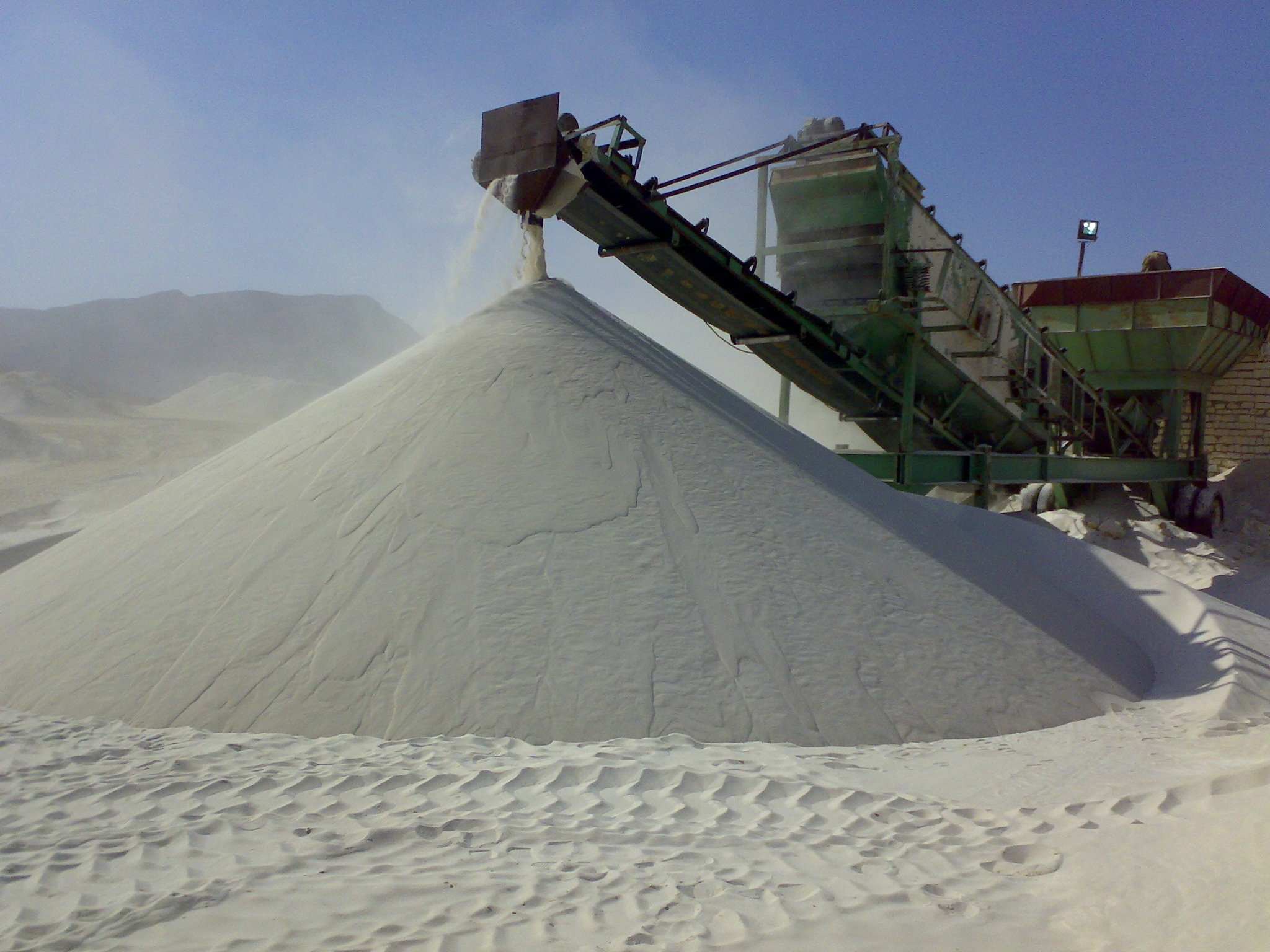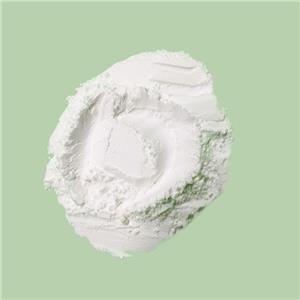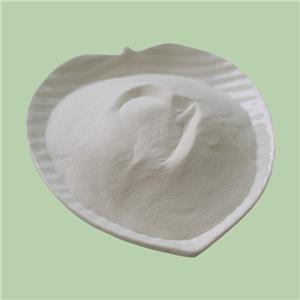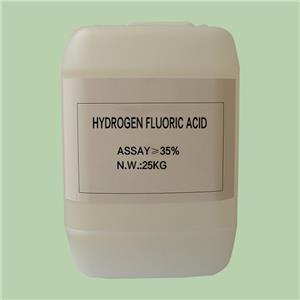Preventing Yellowing in Quartz Sand after Hydrofluoric Acid Washing
Quartz sand, a jack-of-all-trades in industries from glassmaking to electronics, often undergoes a purification journey that includes a dip in hydrofluoric acid. While this process is excellent for removing impurities, it can sometimes leave quartz with an unexpected yellow tint. Let's explore some strategies to keep our quartz sand crystal clear and prevent the unwelcome yellowing phenomenon post-hydrofluoric acid washing.

Understanding the Yellowing Process
The yellowing of quartz sand after hydrofluoric acid washing is primarily linked to iron impurities within the crystal structure. When exposed to hydrofluoric acid, the acid not only targets silicate impurities but also liberates iron ions, leading to the yellow discoloration. The chemical dance involves iron oxide reacting with hydrofluoric acid to form ferric fluoride and water:
Fe2O3 (ironoxide)+6HF (hydrofluoricacid)→2FeF3 (ferricfluoride)+ 3H2O (water)
Preventing Yellowing
1、Start with High-Purity Quartz Sand:
One effective strategy is to begin with quartz sand that has minimal iron impurities. High-purity quartz significantly reduces the chances of yellowing during the acid washing process.
2、Optimize Acid Concentration:
The concentration of hydrofluoric acid is a critical factor influencing the success of the acid washing process for quartz sand.Elevated concentrations of hydrofluoric acid can lead to detrimental effects on the acid washing process.Excessive dissolution of impurities may occur rapidly, potentially compromising the structural integrity of the quartz sand.This over-aggressive dissolution can result in the loss of valuable silica, negatively impacting the quality of the final product.On the flip side, an inadequate concentration of hydrofluoric acid can undermine the efficiency of the acid washing process. Insufficient concentrations may prove ineffective in breaking down and eliminating impurities, resulting in quartz sand that falls short of achieving optimal purity levels.
3、Control Exposure Time:
The exposure time during the hydrofluoric acid etching process is a decisive factor that directly affects the removal of impurities from quartz sand.Controlling this parameter is crucial for achieving the desired level of purity in the final product while minimizing potential drawbacks such as over-etching or incomplete impurity removal.
4、Temperature Control:
the temperature during hydrofluoric acid etching of quartz sand is a critical factor influencing the efficiency and outcomes of the acid washing process.Elevated temperatures can accelerate chemical reactions, potentially leading to a more efficient removal of impurities from the quartz sand.However, there is a fine balance to be struck. Excessive temperatures may not only compromise the structural integrity of the quartz but also introduce undesirable side effects, such as increased volatility of the acid and heightened safety risks.
In contrast, lower temperatures can impede the rate of chemical reactions, resulting in a slower and less effective acid washing process.Inadequate removal of impurities may lead to a suboptimal purification outcome.Moreover, extended exposure times at low temperatures may be required, potentially leading to increased operational costs.Therefore, Striking a balance between high and low temperatures and identifying the optimal temperature range, typically between 60 to 80 degrees Celsius, is imperative for achieving the desired level of purity while ensuring the material's quality and integrity are maintained.
5、Post-Treatment Rinsing:
After the acid washing step, thorough rinsing is essential. This helps remove any residual acid and prevents prolonged contact, reducing the likelihood of continued chemical reactions that could contribute to yellowing.
Preventing quartz sand from yellowing after hydrofluoric acid washing requires a careful and considered approach. By starting with high-purity quartz, optimizing acid concentrations, controlling exposure times, monitoring temperatures, and implementing thorough rinsing, industries can maintain the crystal clarity of quartz sand for a myriad of applications. As technology advances, continuous research aims to refine these processes, ensuring that quartz remains a reliable and visually clear material in various industrial landscapes.




